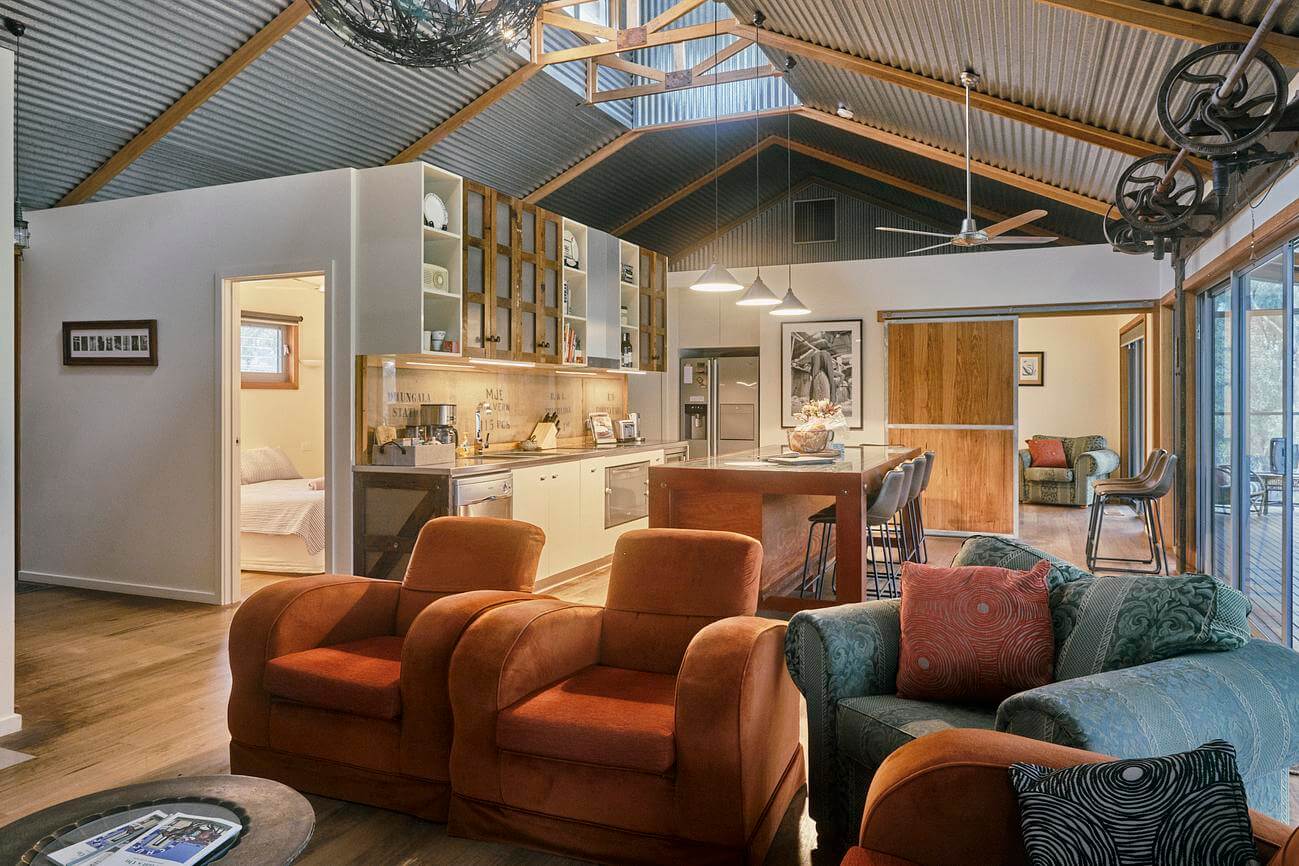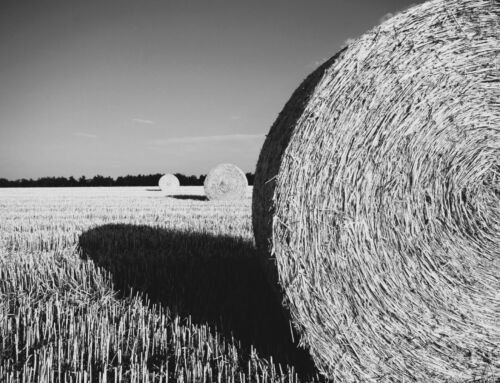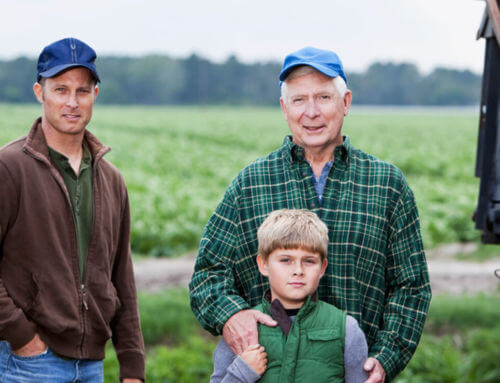
Can you get insurance for a liveable shed in Australia?
Insurers are tightening their underwriting guidelines in the current insurance climate and something we are coming across more regularly is people who are trying to get insurance for a liveable shed. They are often seeking insurance for non-council approved shed dwellings. Whilst living in a shed in Australia is possible, it depends on the Building Class the shed is designed for, and the approval(s) of local building authorities. The National Construction Code (NCC) plays a pivotal role in categorising building classes, and the minimum technical requirements for structures based on their use and purpose.
Most sheds are sold as Class 10a buildings. These are non-habitable structures such as sheds, carports, and private garages. Living in a Class 10a shed is generally not permitted. The first step is to have the structure designed and engineered as a Class 1a livable shed. This class level incorporates designed principles to meet the standards required for a habitable structure. This ensures the health and wellbeing of all occupants. Insurers are asking more and more questions relating to council approvals when insurance cover for liveable sheds is being sought.
Standards and Requirements of Shed Houses
The conversion or construction of a shed as a Class 1a shed, needs to adhere to the National Construction Code’s stringent criteria, including compliance with local council regulations. Unfortunately we’re finding that insurers appetites won’t cover anyone living in a building not approved as a dwelling.
Have you ever considered living in your shed while you build your dream home?
It’s a tempting idea, but before you set up camp in your shed, it’s important to understand Queensland’s building laws. While it may seem like a simple solution, turning your shed into a living space is not as straightforward as you might think. It can save you thousands of dollars and a lot of heartache if you lodge an application for a dwelling that just looks like a shed. But if you already have the shed onsite, read on.
First things first, if you’re planning to live in your shed, it’s no longer just a shed.
By converting it into a living space, you’re essentially turning it into a house. And with that comes all the requirements that go along with building a house, such as energy efficiency, smoke detection, and more. That means you’ll need to ensure your shed meets all the building standards and regulations set out by the relevant Planning scheme, Building Act, Building Code of Australia and relevant Australian standards.
Fortunately, it is possible to get building approval for converting a shed to a dwelling.
This process will involve ensuring your shed is up to code and that it meets all the requirements for a residential property. This includes everything from ensuring proper insulation to smoke detectors, structural integrity and more. Once your shed meets these requirements, you can get building approval for a dwelling, and you’ll be able to move in.
Is living in a Class 10a Shed a long-term solution?
While it may be a suitable option while you build your dream home, it’s not a permanent living situation. You’ll still need to build your house to comply with building codes and regulations in Queensland.
Is my granny flat covered by insurance?
That depends. Your home insurance may cover your granny flat automatically, but there are exceptions. A granny flat is a self-contained home that’s often attached to, or detached from, the main house. It may be an extension to your home that serves as a secondary living space, often defined as a secondary dwelling and your Sum Insured will need to take into account both buildings. A granny flat is usually on the same title as the main house, i.e. it has the same insured address. For home insurance purposes, the occupancy is generally the same as the main house. The owner occupier of the granny flat, for example, will be the owner occupier of the main house.
If you rent out your granny flat to tenants, your home insurance policy likely won’t be suitable. When it’s rented out to tenants for money, your granny flat is considered an investment property, which generally isn’t covered by home insurance and you’ll likely need some Landlords Insurance cover. It’s a good idea to check your policy to make sure your cover suits your needs.
Get in Touch
If you have a council-approved liveable shed, then getting insurance shouldn’t be a problem. If you would like to discuss your insurance policy or the type of insurance you need, give us a call or contact us here.
Important notice
This article is of a general nature only and does not take into account your specific objectives, financial situation or needs. It is also not financial advice, nor complete, so please discuss the full details with an insurance broker as to whether these types of insurance are appropriate for you. Deductibles, exclusions and limits apply. You should consider any relevant Target Market Determination and Product Disclosure Statement in deciding whether to buy or renew these types of insurance. Various insurers issue these types of insurance and cover can differ between insurers.


